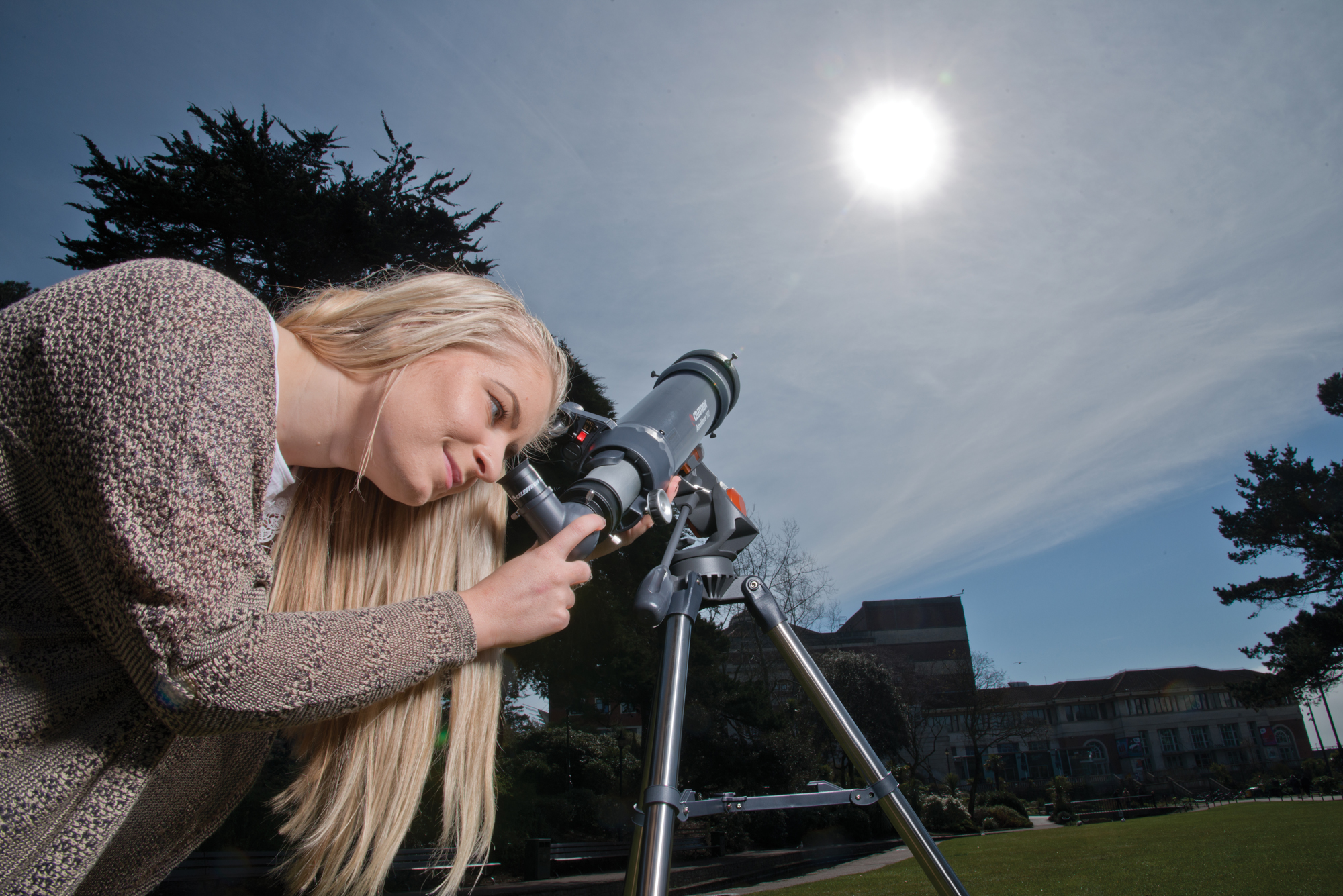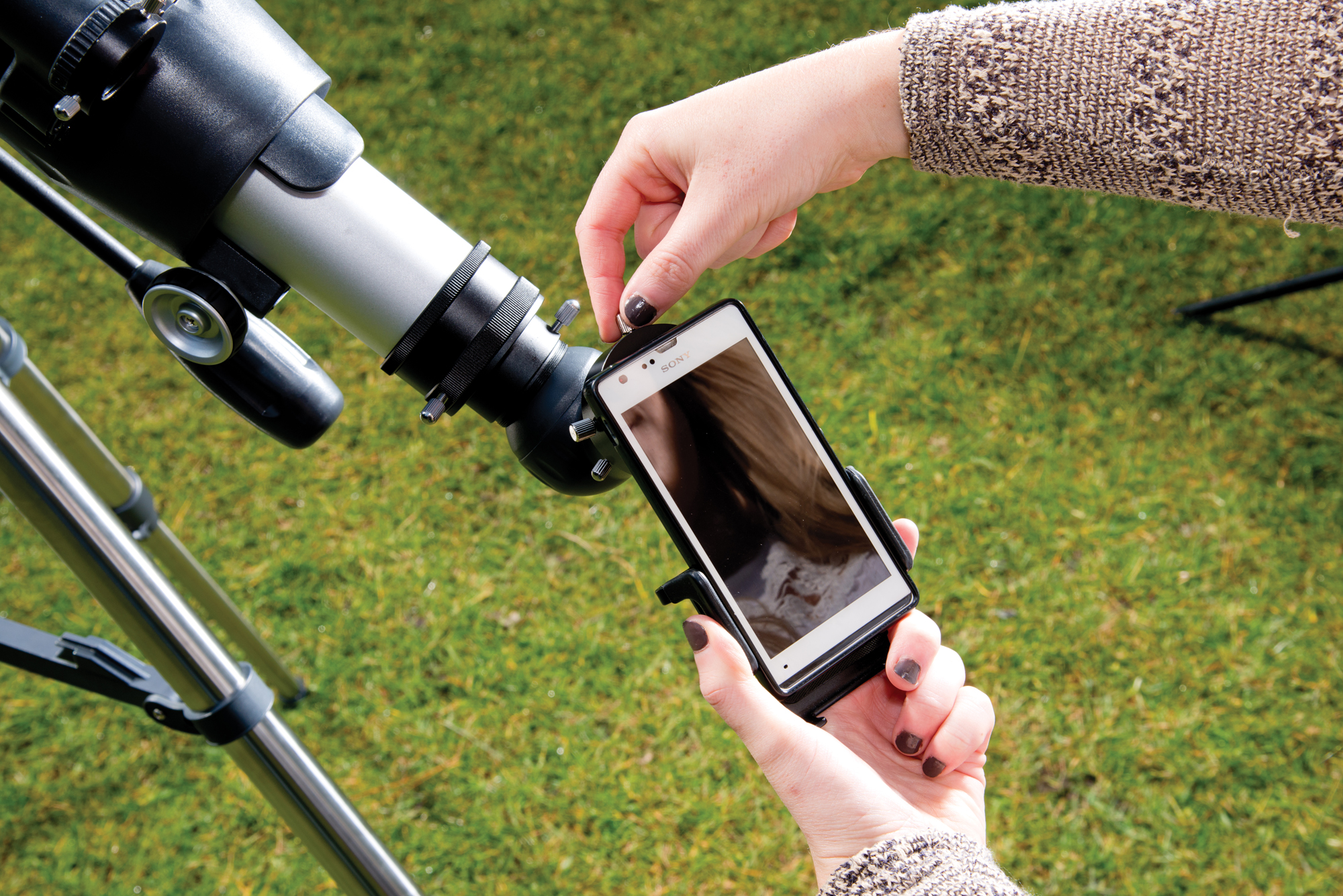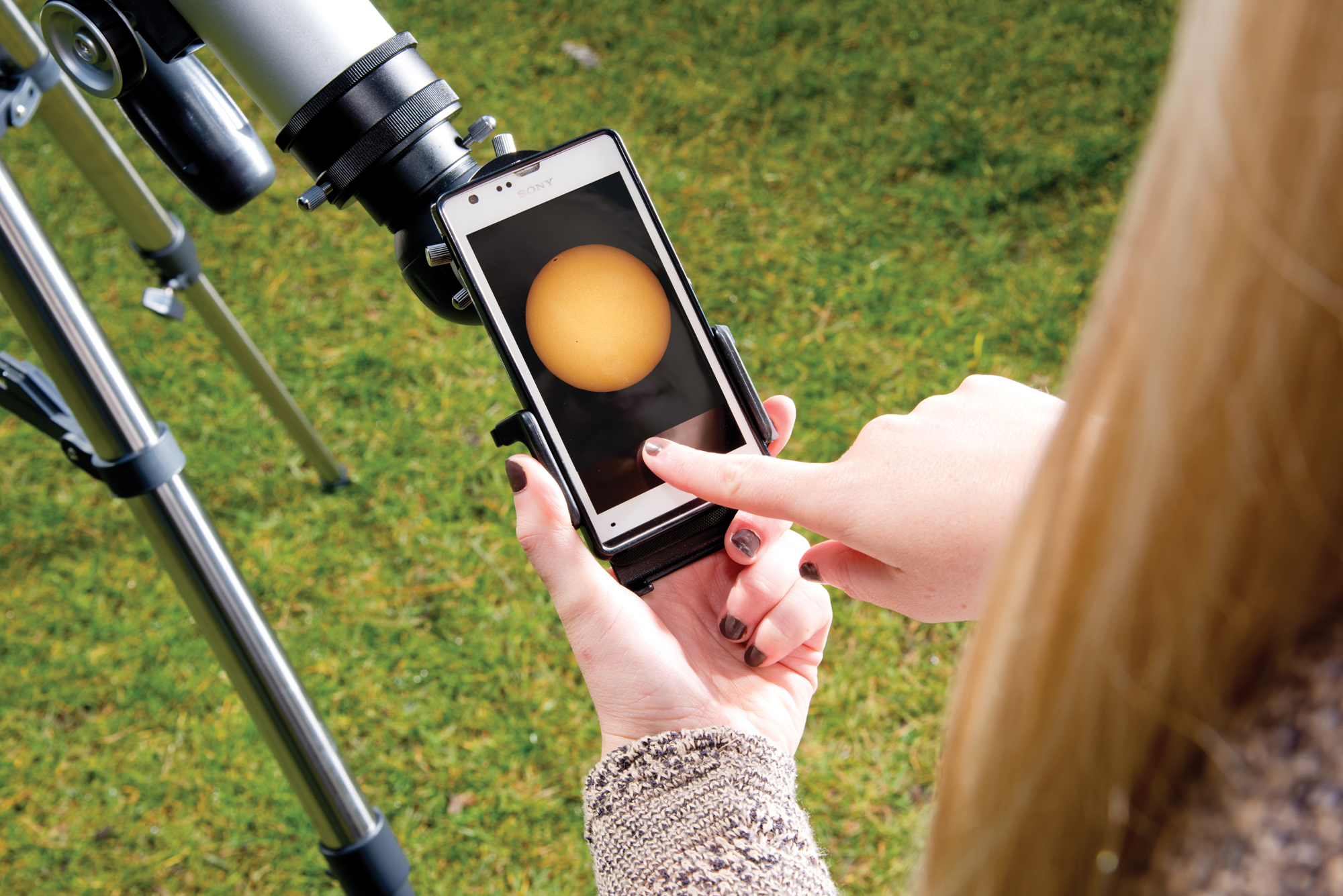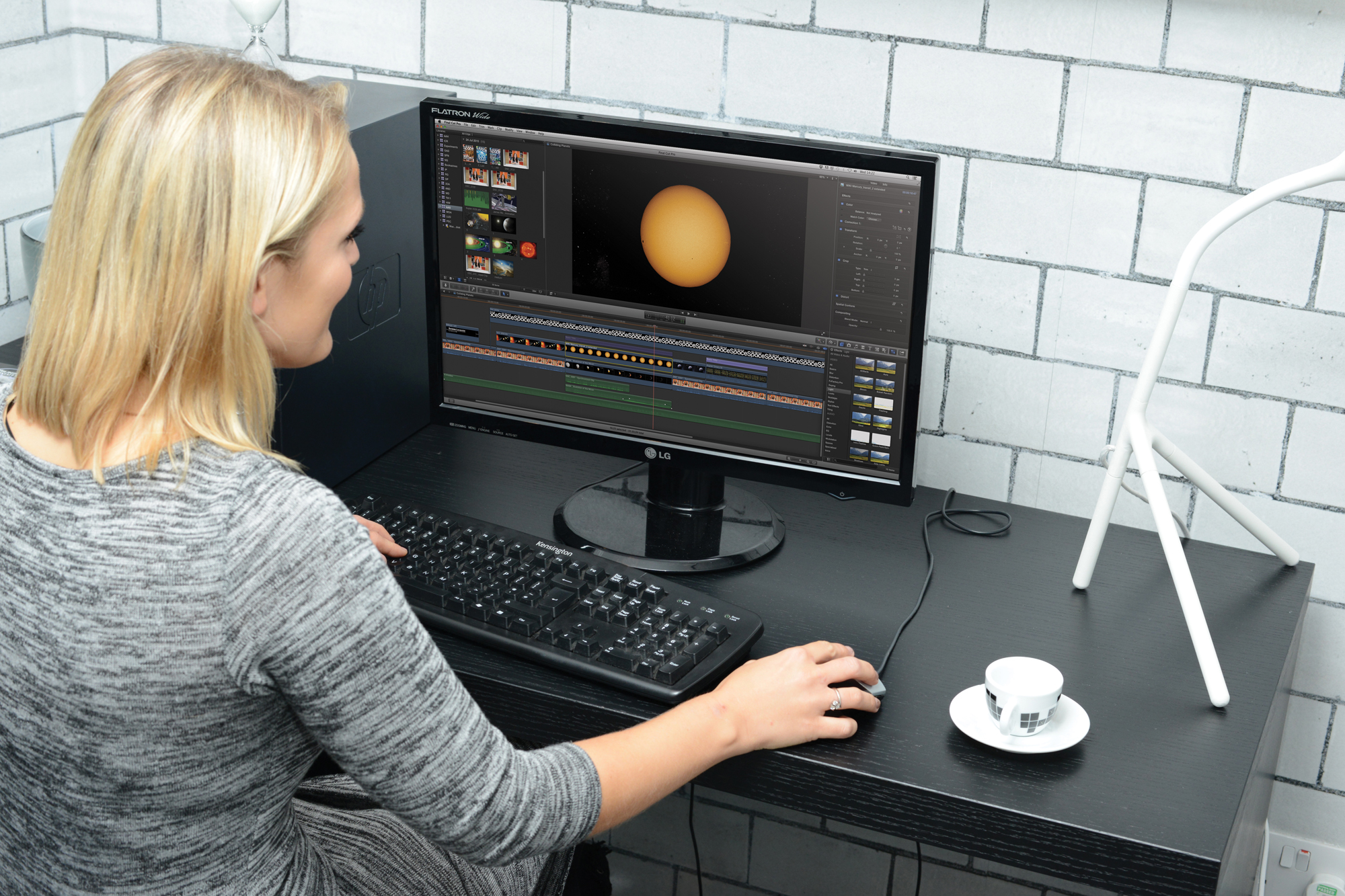How to Film the Mercury Transit of 2019
This article is brought to you by our print publication All About Space.
All About Space magazine takes you on an awe-inspiring journey through our solar system and beyond, from the amazing technology and spacecraft that enables humanity to venture into orbit, to the complexities of space science.
Subscribe for just $5 (or £5/€5).
Given that transits of Mercury are reasonably rare – it's been three years since the last one, and the next won't occur until 2032 – many observers are keen to capture the moment as a keepsake.
Luckily, photographic equipment for astronomy has become relatively cheap and widely available and so this is pretty easy to do, particularly if you are already viewing the transit through a filtered telescope. If you capture a video of all or part of the transit then you have the added bonus of taking frames from that movie to give you a photograph, too.
Watch the Mercury Transit of 2019 LIVE here!
Now, the 2019 Mercury Transit is under way and will end at about 1:04 p.m. EST (1804 GMT). If you have the gear, here's a step by step guide to recording that cosmic souvenir.
Related: The Mercury Transit of 2019 Has Begun!
More: Mercury Transit 2019: Where and How to See It on Nov. 11
You'll need:
- Telescope fitted with a solar filter
- Webcam, camera or smartphone
- Eyepiece adapter for camera
- Photo/video editing software
Editor's note: For this guide, we used a proper solar filter to safeguard our eyes. NEVER look directly at the sun through a telescope or binoculars without special solar filters. SEVERE eye damage and blindness can result.
Get the Space.com Newsletter
Breaking space news, the latest updates on rocket launches, skywatching events and more!
1) Setting up your telescope

The first thing that you should do is to get your telescope pointing towards the Sun. It is even better if your telescope is able to track the motion of the Sun as it moves across the sky.
2) Attaching your camera

Attach the eyepiece adapter to your camera, webcam or smartphone and insert it into the telescope, in place of the regular eyepiece.
3) Capturing the video

Hit record on your device. Bear in mind that the whole event will last for 5.5 hours, so make sure you have plenty of memory and a fully charged battery.
4) Editing your video

Speed up the frame rate to create a time-lapse video of the transit, lasting minutes instead of hours. Isolate individual frames for the best still images.
5) Share your work!

Post your images online for the world to see or submit them to All About Space and Space.com for possible inclusion in a future issue. And enjoy them yourself!
Editor's Note: If you SAFELY capture a photo of the transit of Mercury and would like to share it with Space.com and our news partners for a story or gallery, you can send images and comments in to spacephotos@space.com.
- How Far is Mercury From the Sun?
- See the Sharpest-Ever View of Mercury's Transit Across the Sun
- Mercury Transit of the Sun: Why Is It So Rare?
Follow All About Space @SpaceAnswers and us on Twitter @Spacedotcom and on Facebook.
OFFER: Get 13 issues and save 46%!
All About Space magazine takes you on an awe-inspiring journey through our solar system and beyond, from the amazing technology and spacecraft that enables humanity to venture into orbit, to the complexities of space science.
Join our Space Forums to keep talking space on the latest missions, night sky and more! And if you have a news tip, correction or comment, let us know at: community@space.com.

All About Space is where stunning images combine with accessible and authoritative text to educate and inspire readers of all ages while taking them on a spectacular journey through the Solar System to the known limits of the universe. Characterized by quality and accessibility All About Space is a brand dedicated to delivering expert commentary on the latest cutting-edge research, technology and theories in an entertaining and visually stunning way.
Get fantastic offers by subscribing to the digital and/or print edition now. Subscribers get 13 issues per year!










